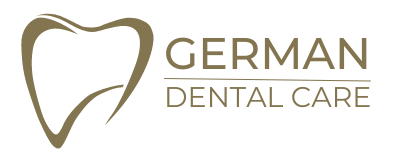Our Services
Our dedicated team of experienced dentists and professionals looks forward to providing you with top-notch dental care in a friendly and professional environment. Your oral health is our top priority, and we utilize state-of-the-art technologies and proven procedures to meet your individual needs.”
Orthodontics for adults and children
Orthodontics is not only important for children but also for adults. Whether it’s correcting dental misalignments, improving bite function, or creating a more aesthetic smile, orthodontists offer a variety of treatment options for people of all ages. For children, early intervention can help prevent serious problems in adulthood, while adults can benefit from the latest technologies and treatments to enhance their smile and promote oral health. In any case, orthodontics is an important part of healthcare that supports both children and adults in maintaining a healthy and confident smile.

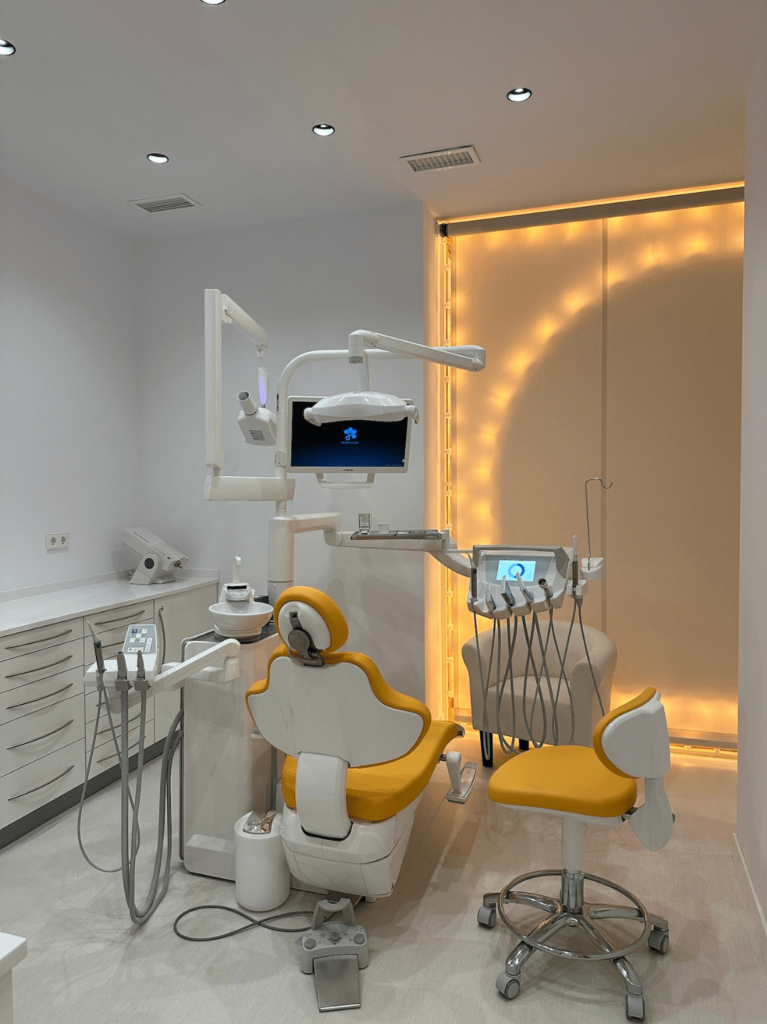
Aesthetic dentistry
Aesthetic dentistry, also known as cosmetic dentistry, is a branch of dentistry that focuses on enhancing the appearance of teeth and a patient’s smile. While the primary goals of aesthetic dentistry aim at aesthetic improvement, the functionality and health of the teeth also play an important role. Here are some of the most common procedures and aspects of aesthetic dentistry:
1. Whitening: This procedure uses special bleaching gels or lasers to reduce discoloration and yellowing of teeth, achieving a brighter smile.
2. Veneers: Veneers are thin, custom-made shells made of porcelain or plastic that are applied to the front of teeth to conceal imperfections, discolorations, or gaps.
3. Tooth-colored fillings: Instead of amalgam fillings, aesthetic dentistry utilizes tooth-colored filling materials such as composites or ceramics to repair cavities in teeth.
4. Crowns and bridges: Crowns and bridges can be used to restore damaged or missing teeth while improving the aesthetics of the smile.
5. Gum corrections: Surgical procedures to adjust the shape and position of the gums can enhance the overall appearance of the smile.
Aesthetic dentistry enables patients to achieve a more beautiful and confident smile. However, before such procedures are performed, an experienced dentist conducts a thorough examination to ensure that dental health is intact and that the desired aesthetic improvements can be safely achieved.
Dental surgery
Dental surgery is a specialty of dentistry that focuses on the diagnosis, prevention, and surgical treatment of diseases, injuries, and anomalies in the oral, jaw, and facial areas. We offer the following services in our practice:
Tooth extraction: Removal of diseased or non-restorable teeth, such as wisdom teeth.
Implant surgery: Placement of dental implants to restore missing teeth.
High-quality dental fillings
High-quality dental fillings are dental restoration materials used to repair damaged or decayed teeth and restore their natural function and aesthetics. Here is a brief description of the different types of high-quality dental fillings:
Composite Fillings: These are also known as tooth-colored or plastic fillings and are made of a composite material applied and shaped onto the tooth. They come in various tooth colors, providing an aesthetically pleasing solution as they blend with the natural tooth color. Composite fillings are ideal for front teeth and small to medium cavities.
Ceramic Fillings (Inlays and Onlays): Ceramic fillings are fabricated in a dental laboratory and are aesthetically pleasing. Inlays cover only the chewing surface of a tooth, while onlays also cover the side surfaces. They offer a durable and natural-looking solution for medium to large cavities.
High-quality dental fillings are designed to maintain the functionality and aesthetics of teeth while repairing decay or tooth damage. The choice of the right type of dental filling depends on the size and location of the cavity, aesthetic requirements, and the individual needs of the patient. Your dentist can recommend the best option for your specific situation.
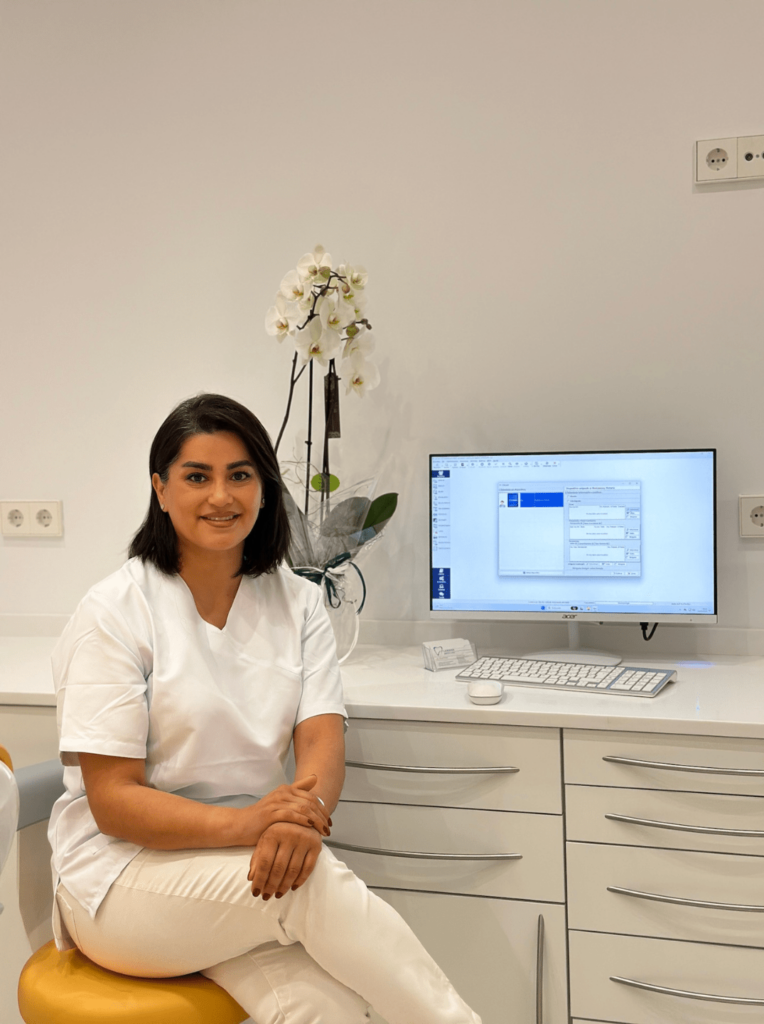
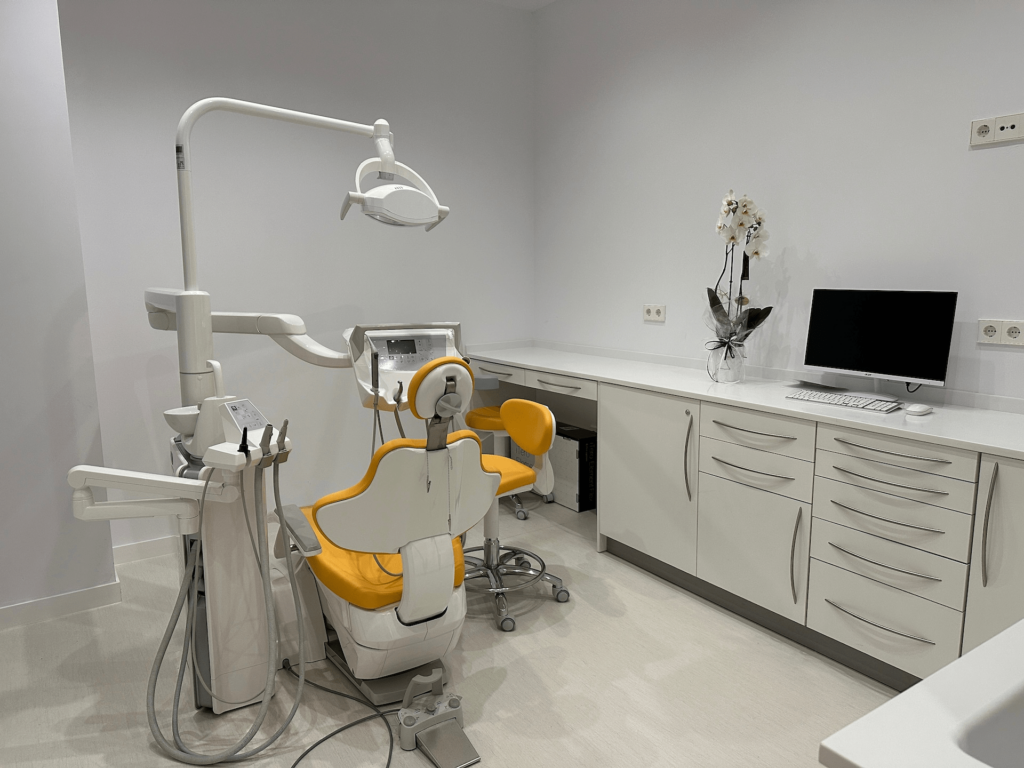
All-ceramic crowns
All-ceramic crowns, also known as full ceramic crowns, are dental prosthetic solutions where the entire crown is made of ceramic material. These crowns are often used for aesthetic purposes and for the restoration of front teeth because they provide a natural tooth appearance and are translucent, similar to natural tooth enamel.
Here are some key features and benefits of all-ceramic crowns:
Natural Appearance: All-ceramic crowns closely mimic the translucency and color of natural teeth, making them particularly suitable for visible areas of the mouth.
Biocompatibility: Ceramic is a biocompatible material that interacts well with the gums and prevents allergic reactions.
Durability: Modern all-ceramic crowns are very durable and resistant to wear. They can last for many years.
Minimal Allergy Risks: Unlike crowns with metal bases, there is no risk of allergies or metal intolerance with all-ceramic crowns.
Precise Fit: Through computer-aided technologies such as CAD/CAM (Computer-Aided Design/Computer-Aided Manufacturing), all-ceramic crowns can be precisely customized to the shape and size of the tooth being replaced.
Low Thermal Conductivity: Ceramic conducts heat and cold less efficiently than metal, providing a more comfortable feeling when eating and drinking.
However, it is important to note that all-ceramic crowns may not be suitable for all situations. Your dentist will recommend the best option for your individual needs and the location of the dental restoration.
Surgeries under anesthesia
The option to undergo dental procedures under anesthesia provides many patients with an important means to overcome their fear of such treatments. Collaboration between the dentist or oral surgeon and the anesthesiologist is crucial to ensure the safety and efficacy of the anesthesia. Before undergoing surgery under anesthesia, all risks and individual needs should be thoroughly discussed to determine the best approach for the patient.
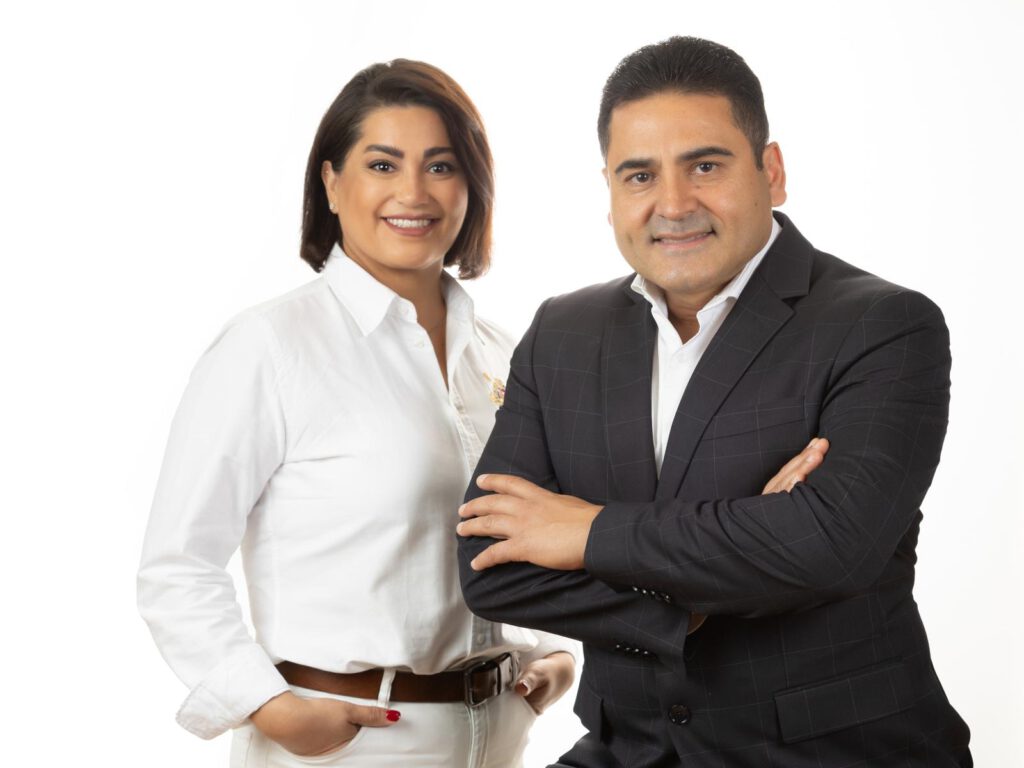
Certified implantology (according to the German Society for Implantology, DGI)
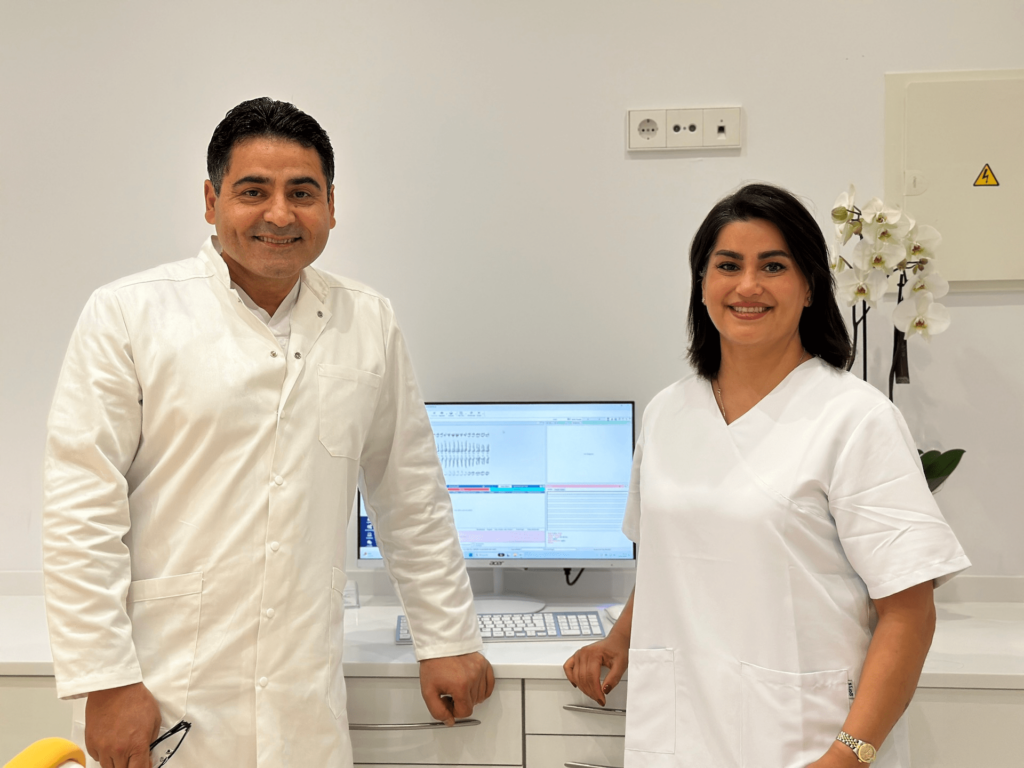
Periodontology
Periodontology is a field of dentistry that focuses on the diagnosis, prevention, and treatment of periodontal diseases, also known as gum diseases. Periodontal diseases affect the tissues that support the teeth, including the gums, alveolar bone, and ligaments that hold the teeth in place.
Periodontal diseases can manifest in various forms, from gingivitis, an inflammation of the gums, to periodontitis, a more serious condition that can lead to bone loss around the teeth. The main symptoms of periodontal diseases include red, swollen, and bleeding gums, bad breath, loosening of teeth, and, in advanced cases, gum abscesses.
The treatment of periodontal diseases can vary depending on the severity. It may involve comprehensive dental cleaning procedures, surgical interventions to remove periodontal pockets, bone regeneration, or even extraction of severely damaged teeth. Maintaining good oral hygiene, including regular brushing, flossing, and routine visits to a dentist or periodontist, is crucial to prevent periodontal diseases.
Bone augmentation
Bone augmentation before a dental implantation, also known as bone grafting, may be necessary when the jawbone does not provide sufficient substance for the secure anchoring of the implant. There are various methods for bone augmentation:
Sinus lift: This technique is applied when the bone in the upper jaw, particularly in the area of the back teeth, is too thin. The floor of the sinus cavity is lifted (hence the name “sinus lift”), and bone graft material is placed into the created space to increase bone thickness.
Bone block transplantation: In this procedure, bone material is harvested from another part of the jaw or from a donor site and transplanted into the area of the implant. This allows for a significant increase in bone thickness and density.
Bone substitute materials: In some cases, synthetic or animal-derived bone substitute materials may also be used to support bone augmentation. These materials promote natural bone growth.
Bone augmentation is an important step to ensure that the dental implant is stable and successful in the long term. The exact method depends on the individual patient’s situation and the dentist’s assessment. After the bone augmentation phase, the actual implant can be placed, and following a healing period, the dental restoration can be attached.
Piezosurgery
Piezosurgery is a surgical technique that utilizes ultrasound to perform precise and gentle cuts in bone and soft tissue. It is commonly used in dentistry, particularly in procedures such as tooth extraction or periodontal surgery. This technology allows for minimizing damage to surrounding tissue and reducing bleeding, which can promote faster healing and less pain for patients. It has become popular due to its precision and safety.
Piezosurgery is also frequently utilized in dentistry for an external sinus lift procedure. The piezoelectric technique is employed in this context to make precise cuts in the bone without damaging the surrounding tissues and the sinus membrane. It is a critical application to ensure safety and precision in such surgical interventions.
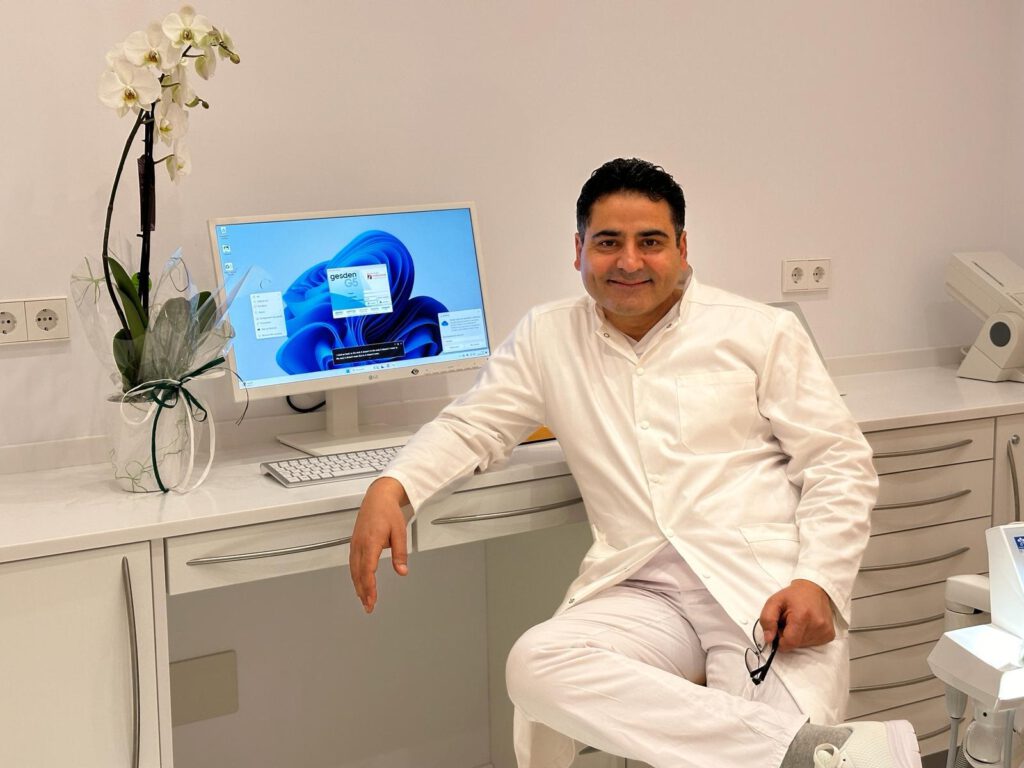
Minimal-invasive implants
Minimal-invasive implants are an advanced technique in dentistry where implants are placed with minimal disturbance to the surrounding tissue and minimal invasiveness. This method aims to minimize pain, swelling, and recovery time after implantation. Here are some key features of minimal-invasive implants:
Smaller Incisions: Minimal-invasive procedures usually require smaller incisions or even single stitches to place the implant. This reduces the impact on surrounding soft tissue.
Gentle Preparation: Modern techniques and precise instruments allow for gentle preparation of the implant site in the bone without excessive removal of healthy bone.
Faster Recovery: Due to less tissue disruption, patients typically experience less pain and swelling after implantation, leading to a quicker recovery.
Precision Guidance: Modern imaging techniques such as 3D imaging and computer-assisted planning help dentists position implants precisely to achieve the best results.
Minimal-invasive implants are not applicable in all cases and require careful evaluation by an experienced dentist. However, they offer many benefits, especially for patients seeking quicker recovery and less discomfort after implantation.
1. Kleinere Schnitte: Minimalinvasive Verfahren erfordern normalerweise kleinere Schnitte oder sogar Einzelstiche, um das Implantat zu platzieren. Dadurch wird das umgebende Weichgewebe weniger beeinträchtigt.
2. Schonende Präparation: Moderne Techniken und präzise Instrumente ermöglichen eine schonende Vorbereitung des Implantatbetts im Knochen, ohne übermäßiges Entfernen von gesundem Knochen.
3. Schnellere Erholung: Aufgrund der geringeren Beeinträchtigung des Gewebes erleben die Patienten normalerweise weniger Schmerzen und Schwellungen nach der Implantation, was zu einer schnelleren Erholung führen kann.
4. Präzisionsführung: Moderne bildgebende Verfahren wie 3D-Bildgebung und computergestützte Planung helfen Zahnärzten, Implantate präzise zu positionieren, um die besten Ergebnisse zu erzielen.
Minimalinvasive Implantate sind nicht in allen Fällen anwendbar und erfordern eine sorgfältige Bewertung durch einen erfahrenen Zahnarzt. Sie bieten jedoch viele Vorteile, insbesondere für Patienten, die eine schnellere Erholung und weniger Unannehmlichkeiten nach der Implantation wünschen.
Digital radiography
Digital radiography is a modern technology in radiology and dentistry that replaces conventional analog X-ray films with digital sensors and image processing systems. Here are some of the advantages and features of digital radiography:
1. Reduced Radiation Exposure: Digital radiography typically requires less radiation exposure than conventional X-ray techniques, increasing patient safety.
2. Faster Image Capture: Digital X-ray images are displayed immediately on the computer screen, without the need for development times as with analog films.
3. Improved Image Quality: Digital X-ray images can be enlarged, rotated, and enhanced on the screen to make details more visible. This allows for more precise diagnoses.
4. Easy Archiving: Digital X-ray images can be electronically archived and easily retrieved. This saves space and facilitates access to patient records.
5. Environmentally Friendly: Since no chemical development processes are required and no X-ray films need to be disposed of, digital radiography technology is environmentally friendly.
6. Sharing and Transmitting Images: Digital X-ray images can be easily sent over the internet to other professionals, facilitating collaboration between different healthcare facilities.
7. Contrast Adjustment: Digital X-ray software allows for adjusting contrast and brightness to make certain structures more visible.
Digital radiography has significantly improved diagnostic imaging in medicine and offers many benefits for patients and professionals. It has become a safer, faster, and more efficient method for producing X-ray images.
Grinding appliances
Night guards are specially crafted dental devices designed to protect teeth and alleviate discomfort associated with teeth grinding and clenching. Here’s a brief description of night guards:
Purpose: Night guards are typically used to mitigate the effects of bruxism. Bruxism is a condition where individuals unconsciously grind (clench) or gnash (grind) their teeth, often during sleep or in stressful situations. This behavior can lead to significant tooth wear, gum diseases, and jaw pain.
Function: The night guard is a custom-made plastic tray that fits over the patient’s dental arches. It’s usually worn during sleep to separate the teeth and reduce pressure on them. This helps minimize tooth wear and alleviate discomfort in the jaw joint.
Benefits: The benefits of night guards include reducing tooth wear, preventing jaw issues, and providing pain relief. They can also help prolong the lifespan of dental restorations such as crowns and fillings.

Pediatric dentistry
Pediatric dentistry, also known as paediatric dentistry, is a specialized field of dentistry that focuses on the oral health of children and adolescents. Here are some important aspects of pediatric dentistry:
1. Early Prevention: Pediatric dentistry places great emphasis on the early prevention of cavities and other dental diseases. This includes regular check-ups, guidance on proper oral hygiene, and the application of fluoride to strengthen tooth enamel.
2. Child-Friendly Environment: Dentists for children create a child-friendly and stress-free environment in their practices to alleviate children’s fear of visiting the dentist.
3. Treatment of Primary Teeth: Primary teeth are important as they act as placeholders for permanent teeth. Pediatric dentistry deals with the treatment of cavities and other issues in primary teeth.
4. Orthodontics: Early identification and treatment of dental and jaw misalignments, such as braces, are an important part of pediatric dentistry.
5. Parental Guidance: Parents receive advice on nutrition, cavity prevention, and promoting healthy oral hygiene practices in their children.
6. Emergency Treatments: Children can quickly injure themselves or have acute dental problems. Pediatric dentistry provides emergency treatments for such situations.
7. Behavior and Anxiety Management: Pediatric dentists are trained to work with children and alleviate their fears to promote positive experiences during dental visits.
Pediatric dentistry is crucial as good oral care in childhood lays the foundation for lifelong dental health. Parents should ensure that their children regularly visit a pediatric dentist to ensure that their teeth and gums stay healthy.
Contact

